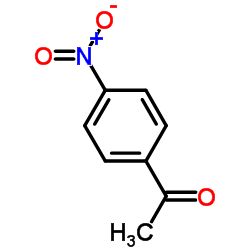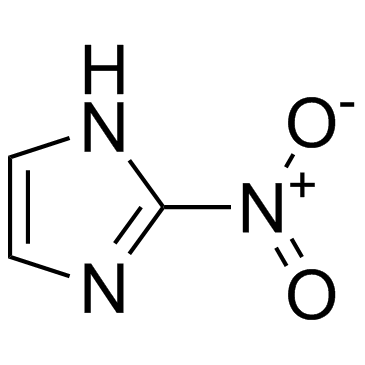| Structure | Name/CAS No. | Articles |
|---|---|---|
 |
4-Nitroacetophenone
CAS:100-19-6 |
|
 |
2-Nitroimidazole
CAS:527-73-1 |